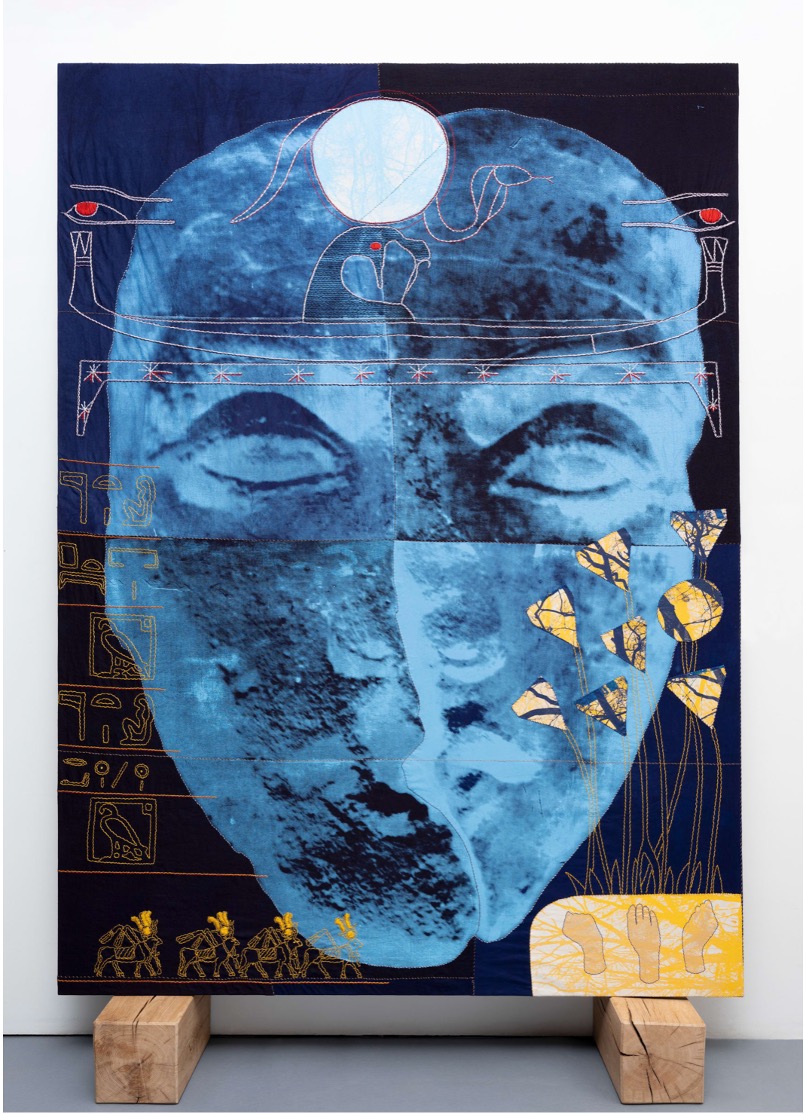A Critical Exposition of the Role of Women Principles in West African Dance Traditions
DOI:
https://doi.org/10.15367/pfvpwt35Keywords:
Exposition, Women Principles, West African Dance, Body, PerformanceAbstract
Dance in the West African societies reflects the people’s experiences that has been developed over time. It comprises established beliefs, practices, ethics and ethos that are conveyed into expressive movements and gestures that are geared towards preserving community structures of a particular group of people. With these functions established, gender roles are essential in the realization of these practices. However, many European historians have interpreted the role of women in African dance as “erotic,” “exotic,” and “sexually suggestive” in ways to suggest they are functionally and comparatively lower compared to men. These narratives have devoid scholars the opportunities inherent in the role of women as technically and structurally influential in how dances are performed. I suggest here a change in how women principles in West African dance traditions are defined and how they manifest in various ways, including movements, themes and roles that highlight femininity, strength, empowerment and spirituality within the context of performance and custodians of these dance traditions. I argue that to appreciate the role of the women principles within West African dance traditions, it is crucial to understand the content and context within which the dance is being performed and how their bodies contribute to the overall meaning-making process. Using qualitative method of participant observation, interviews, related literature and incorporating my personal dancing experience as a principal female dancer, teacher, mentor, and creator, I explore the significant role women play as custodians in the propagation of West African dance forms as well as their political dissemination of these functions. Though there has been some attempt to address these concerns, there is the need to emphasis the values displayed when the woman exhibits such corporeality. This paper contributes much needed data to the epistemological gap addressing negative stereotypes and misconceptions of women in West African dance forms. The study will be useful to individuals and researchers in the field of West African dance research and movement analysis.
Downloads
Published
Issue
Section
License
Copyright (c) 2025 Sena A. Atsugah

This work is licensed under a Creative Commons Attribution-NonCommercial-NoDerivatives 4.0 International License.

